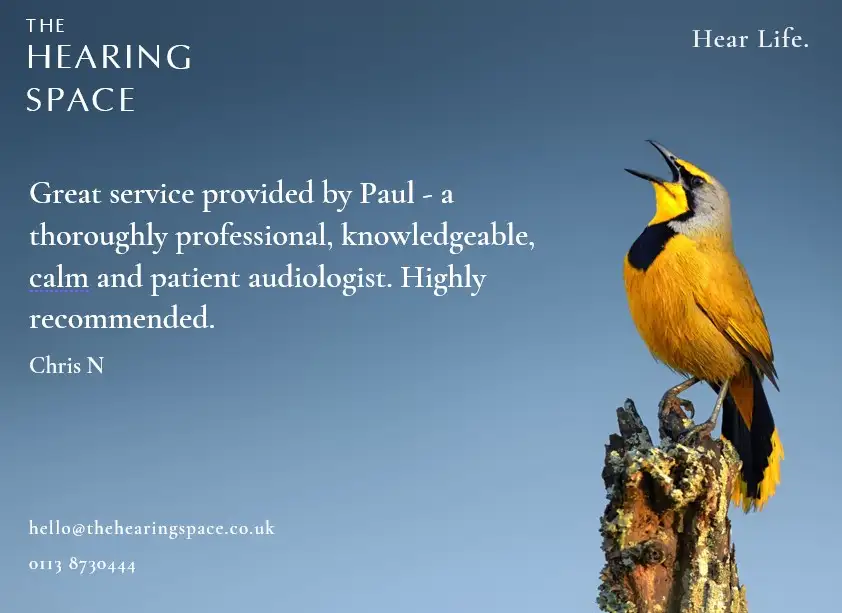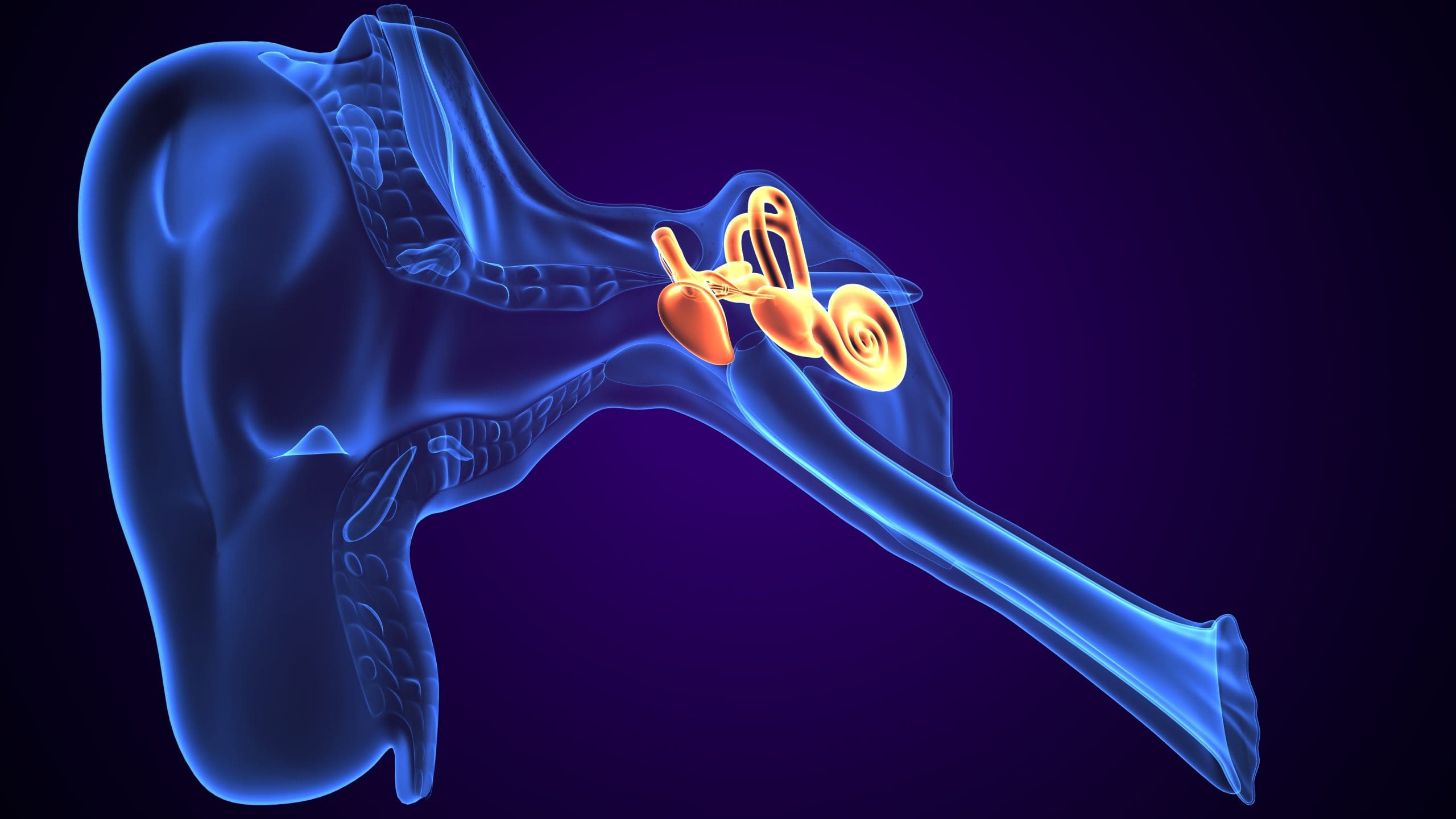Can you syringe your own ears?
Ear syringing was historically carried out by nurses and health professionals prior to the more recent advances in ear cleaning such as microsuction. As with most ear cleaning techniques it is best to leave this in the safe hands of a professional who has undergone training in ear cleaning and audiology. Without prior inspection of the ears which usually requires specialist equipment, a DIY approach may cause additional problems.
How does ear syringing work?
A syringe full of water is used to manually flush out wax from the ear canal. Syringes come in different types and sizes. For syringing to work, the wax has to be relatively soft, hence the historical NHS requirement to use olive oil drops for a minimum of 7 days prior to this technique. If the wax is soft and not fully occluding the ear canal, then it is possible that the earwax will flush out. The water used has to be at a specific temperature, otherwise it may induce some dizziness. Furthermore, the flow rate of the water has to be appropriate, otherwise too much water pressure can be used. There are other complications that can arise with ear syringing which we will look at below.
Is ear syringing safe?
Yes and no! In the hands of a professional who has carefully examined the ears, it can be successful in removing stubborn bits of wax which are too close to the eardrum to be removed by microsuction techniques. However, it’s important to note that the most preferred method for ear wax removal is Microsuction. Microsuction is a safe and effective procedure that uses a gentle suction technique to remove ear wax without the risks associated with ear syringing. In some cases, ear syringing has perforated the eardrum (punctured the eardrum), caused ear infections, and even led to temporary hearing loss. An audiologist can perform tympanometry measurements (measures of eardrum movement) before and after ear syringing to ensure that there are no other reasons for your hearing to feel blocked. Sometimes the ears can feel blocked due to things like ‘glue ear,’ and forcing water into the ears for these problems is useless. Careful visual examination of the ears is necessary to ensure appropriate treatments.

Do doctors still syringe ears?
Ear irrigation, which is a more controlled water method used to clean ears is typically used in health settings. Syringing is not normally carried out, unless by a trained ear-care professional. That said, most GP surgeries don’t offer any ear cleaning services. Whereas in the past, many GP surgeries offered ear irrigation, it is now rare to find any GP practice offering this for free.
For safe, effective earwax removal, book an appointment with our Clinical Audiologist today

